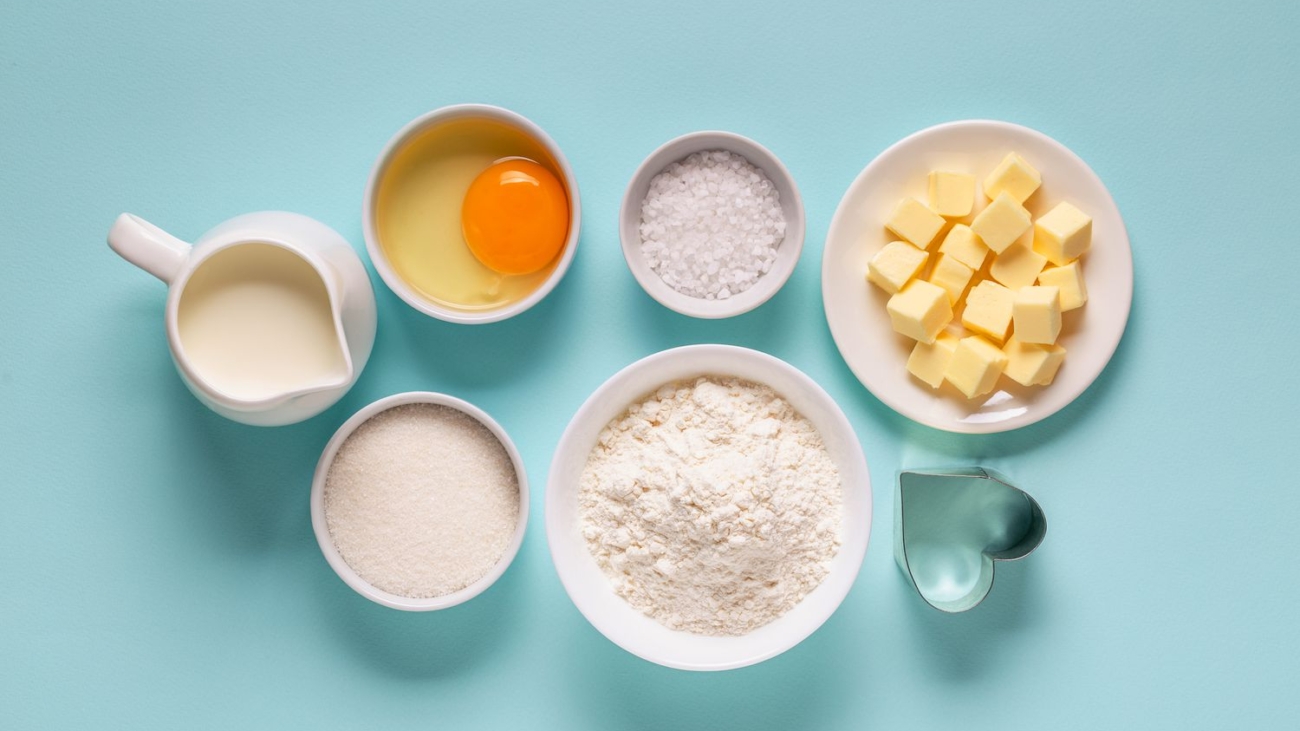Elevate your baking with 12 flour alternatives! Explore gluten-free options, unique flavors, and nutritional benefits to enhance your culinary creations.
12 Fantastic Alternatives to All-Purpose Flour for Baking
Baking is a beloved pastime for many, but it often relies on the use of all-purpose flour. However, there are several reasons why you might want to explore alternatives to traditional flour. Whether it’s due to dietary preferences, health concerns, or a desire for unique flavors and textures, we’ve compiled a list of 12 fantastic flour alternatives to elevate your next bake-off.
1. Coconut Flour:
Coconut flour, made from dried coconut meat, is an excellent gluten-free option. It’s rich in fiber and protein, making it a healthier choice for your baked goods. Keep in mind that coconut flour absorbs more liquid, so you’ll need to adjust your recipe accordingly.
2. Almond Flour:
Almond flour, a popular choice for gluten-free baking, offers a delicate nutty flavor. It’s packed with healthy fats and provides essential nutrients like vitamin E and magnesium. To substitute, use about 3/4 cup of almond flour for every 1 cup of all-purpose flour and consider adding a binding agent for improved texture.
3. Chickpea Flour:
Chickpea flour, also known as gram flour, offers a nutty taste and is a staple in Indian and Caribbean cuisine. It’s a fantastic source of plant-based protein and minerals like iron and folate. Use 3/4 cup of chickpea flour for every 1 cup of all-purpose flour and enjoy its unique flavor.
4. Gluten-Free Flour Blends:
Gluten-free flour blends, readily available in stores, are designed to be a one-to-one replacement for all-purpose flour. These blends usually consist of various gluten-free flours and may include ingredients like xanthan gum to mimic the texture of traditional flour.
5. Whole-Wheat Flour:
Whole-wheat flour, higher in fiber and protein, provides a nutritious alternative to all-purpose flour. It keeps you feeling full and can be swapped for all-purpose flour in a 1:1 ratio.
6. Rice Flour:
Rice flour, available in brown or white varieties, is a popular gluten-free choice. Its slightly nutty flavor adds a delightful dimension to baked goods. When using rice flour, it’s best to combine it with other gluten-free flours and binding agents for the best results.
7. Buckwheat Flour:
Buckwheat flour, derived from grain-like seeds, offers an earthy taste and is rich in fiber, iron, and potassium. It’s gluten-free and can be used in combination with other flours for a unique flavor profile.
8. Spelt Flour:
Spelt flour, a distant relative of wheat, contains gluten but is often used as an all-purpose flour alternative. It’s a good source of dietary fiber and provides more protein than traditional flour.
9. Amaranth Flour:
Amaranth flour, a gluten-free option made from ancient grains, offers an earthy taste and dense texture. It’s rich in fiber and non-heme iron. Combine amaranth flour with other flours for a 1:1 substitution for all-purpose flour.
10. Quinoa Flour:
Quinoa flour, with its nutty and earthy flavor, is rich in vitamins and minerals, including folate, magnesium, iron, and zinc. Substituting half of the all-purpose flour with quinoa flour in most recipes can yield delightful results.
11. Cassava Flour:
Cassava flour, derived from the cassava root, is gluten-free and neutral in taste. It’s mainly composed of carbohydrates, making it a good 1:1 replacement for all-purpose flour.
12. Rye Flour:
Rye flour, a close substitute for all-purpose flour, offers a distinct taste and is suitable for savory baked goods. It contains less gluten, retains moisture, and can be used in a 1:1 ratio or with minor adjustments.
Alternative Baking Flours in a Pinch:
If you run out of all-purpose flour but have other baking-specific flours on hand, consider these options:
- Cake Flour: To substitute for all-purpose flour in a baking recipe, use 1 cup plus 2 tablespoons of cake flour for every cup of all-purpose flour. Cake flour is known for its delicate texture.
- Bread Flour: Bread flour is higher in protein and best suited for bread recipes. It’s not recommended for cakes and cookies but can be used in small quantities for tasks like gravy.
- Self-Rising Flour: You can substitute self-rising flour for all-purpose in recipes by adding 1 teaspoon of baking powder per cup of flour.
In Conclusion
Exploring alternative flours in your baking endeavors can introduce exciting flavors, textures, and nutritional benefits to your recipes. Whether you’re seeking gluten-free options, higher fiber content, or unique taste profiles, these 12 flour alternatives offer a world of possibilities to enhance your next bake-off.

Leave A Comment